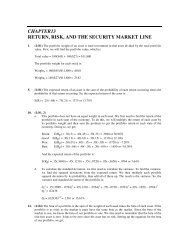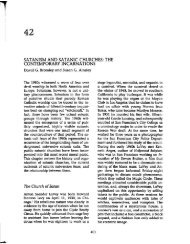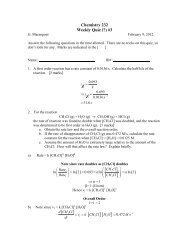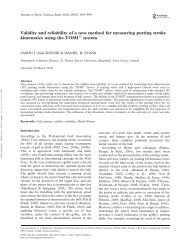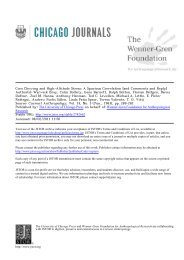ÉTIENNE GILSON AND THE ACTUS ESSENDI
ÉTIENNE GILSON AND THE ACTUS ESSENDI
ÉTIENNE GILSON AND THE ACTUS ESSENDI
You also want an ePaper? Increase the reach of your titles
YUMPU automatically turns print PDFs into web optimized ePapers that Google loves.
Dewan: Gilson and the actus essendi<br />
an efficient cause, it must have an act of being which is distinct from its essence.<br />
Thomas thinks so. He says in the ST:<br />
... It belongs to the notion of the caused, that it be in some measure a composite,<br />
because at the very least its esse is other than the “what it is,” as will be made clear<br />
later. 35<br />
One should at least note that Gilson is here parting company with Thomas. 36<br />
Indeed, just what Gilson thinks he is saying with the word “superadded” in the<br />
above is not clear to me. What is it for existence to “come to essences from<br />
outside” and yet not be distinct from those essences?<br />
Gilson first takes the case of Avicenna. For brevity, we leave that aside. He<br />
goes on to say:<br />
... For reasons of his own, Thomas did not like to call existence an accident of<br />
essence. (128)<br />
No, indeed, he did not. And the “reasons of his own” have everything to do with<br />
the very notion of esse. It has a kinship with essence that Avicenna, as Thomas<br />
sees it, has missed. 37 In fact, the sort of mistake he sees Avicenna making is one<br />
which would incline someone to say that “God has no essence”! Perhaps Gilson<br />
should be paying more attention to that issue right here.<br />
Still, let us consider what Gilson’s own problem is. He says:<br />
35 ST 1.3.7.ad 1:<br />
... Est autem de ratione causati, quod sit aliquo modo compositum, quia ad minus<br />
esse eius est aliud quam quod quid est, ut infra patebit.<br />
The Ottawa editor sends us to ST 1.50.2; the ad 2 must be meant. The text says that, even<br />
though the angel is not composed out of form and matter, there is still act and potency,<br />
inasmuch as the form is potential with respect to the distinct act of being. - Still, it is not<br />
a text on all caused things being composed of quiddity and act of being. It is a text helping<br />
us to understand the situation in the case of seemingly simple substance.<br />
36 I think Thomas adequately proves the distinction in such a text as SCG 2.52 (ed. Pera,<br />
#1278):<br />
... The substance of each thing belongs to it just by virtue of itself and not through<br />
another: hence, to be actually illuminated is not of the [very] substance of air,<br />
because it belongs to it through another. But for any created thing, its esse belongs<br />
to it through another: otherwise it would not be caused. Therefore, of no created<br />
thing is its esse its substance.<br />
[... Substantia uniuscuiusque est ei per se et non per aliud: unde esse lucidum actu<br />
non est de substantia aeris, quia est ei per aliud. Sed cuilibet rei creatae suum esse est<br />
ei per aliud: alias non esset causatum. Nullius igitur substantiae creatae suum esse<br />
est sua substantia.]<br />
Notice that the argument bears generally on all caused things as such. - I have discussed the<br />
problem of proving the composition in my paper “St. Thomas, Joseph Owens, and the Real<br />
Distinction between Being and Essence,” The Modern Schoolman 41 (1984), pp. 145-156.<br />
See also my paper “St. Thomas and the Distinction between Form and Esse in Caused<br />
Things,” Gregorianum 80 (1999), pp. 353-370.<br />
37 CM 4.2 (#556 and 558).<br />
83



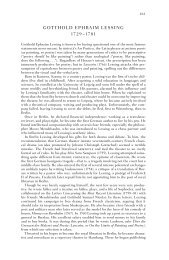

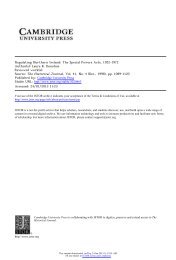

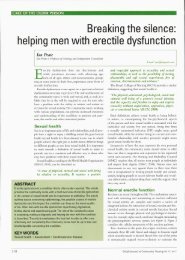
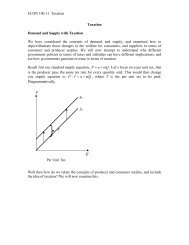
![The Rink - Cyril Dabydeen[1].pdf](https://img.yumpu.com/21946808/1/155x260/the-rink-cyril-dabydeen1pdf.jpg?quality=85)

